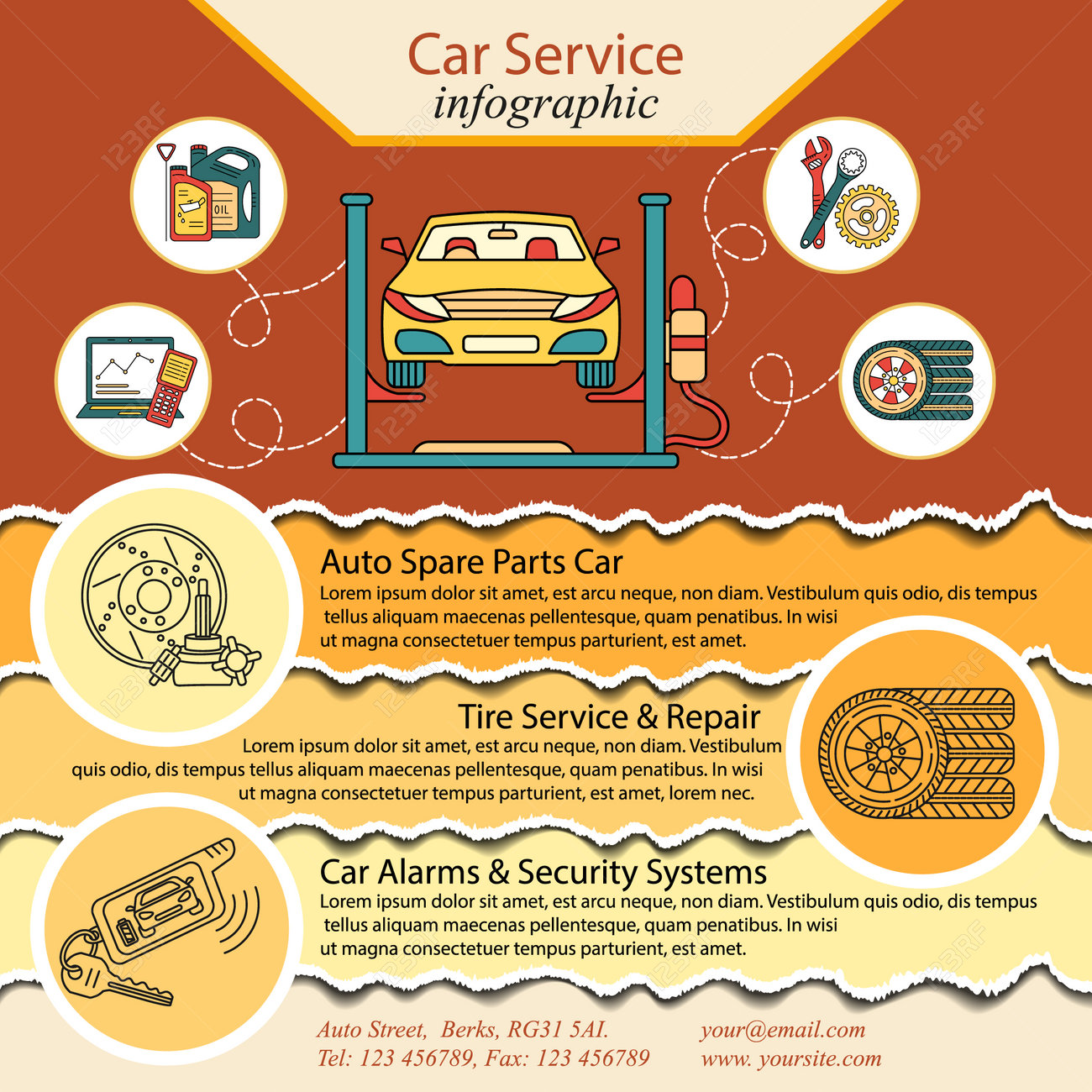Exploring The Genuine Analysis Of Your Vehicle'S Caution Lighting
Exploring The Genuine Analysis Of Your Vehicle'S Caution Lighting
Blog Article
Created By-Cheng Mendoza
When you're behind the wheel, those radiant caution lights on your control panel can be a little bit bewildering. Do you know what they're trying to inform you concerning your auto's wellness? Understanding the value of these lights is vital for your security and the longevity of your automobile. So, https://dallaswqley.bloginder.com/30831459/explore-the-best-automobile-outlining-overview-for-a-showroom-quality-luster-reveal-the-techniques-that-will-transform-your-vehicle of those lights turns up, wouldn't you want to decipher its message accurately and take the essential actions to resolve it?
Common Warning Lighting and Interpretations
Determine common caution lights in your automobile and recognize their definitions to make sure safe driving.
The most normal warning lights include the check engine light, which signals issues with the engine or exhausts system. If this light comes on, it's crucial to have your vehicle checked without delay.
The oil stress advising light suggests low oil pressure, needing immediate interest to prevent engine damages.
A flashing battery light might recommend a defective billing system, possibly leaving you stranded otherwise dealt with.
The tire stress tracking system (TPMS) light notifies you to low tire stress, influencing car security and gas efficiency. Overlooking this can bring about unsafe driving problems.
The abdominal light indicates an issue with the anti-lock braking system, jeopardizing your capability to stop swiftly in emergency situations.
Lastly, the coolant temperature advising light warns of engine getting too hot, which can lead to severe damage if not resolved promptly.
Understanding these typical caution lights will help you address problems immediately and preserve risk-free driving problems.
Value of Prompt Focus
Understanding the typical warning lights in your automobile is only the very first step; the relevance of without delay resolving these warnings can't be stressed enough to ensure your safety and security when driving.
When a caution light brightens on your control panel, it's your auto's way of communicating a possible issue that requires attention. Disregarding these cautions can cause extra severe troubles later on, endangering your safety and security and potentially costing you more in repairs.
Motivate attention to alerting lights can protect against malfunctions and accidents. For relevant internet site , a flashing check engine light can suggest a misfire that, if left neglected, might create damages to the catalytic converter. Resolving this without delay can conserve you from a pricey repair.
Likewise, a brake system advising light may signal low brake fluid or used brake pads, essential components for your safety when driving.
DIY Troubleshooting Tips
If you discover a warning light on your control panel, there are a couple of DIY fixing ideas you can attempt before seeking expert aid.
The first step is to consult your cars and truck's guidebook to understand what the certain warning light indicates. Occasionally the issue can be as simple as a loosened gas cap causing the check engine light. Tightening the gas cap might settle the problem.
An additional common problem is a reduced battery, which can set off numerous warning lights. Examining the battery links for rust and ensuring they're safe may repair the issue.
If a warning light persists, you can try resetting it by disconnecting the car's battery for a couple of minutes and afterwards reconnecting it. In addition, checking your vehicle's liquid levels, such as oil, coolant, and brake fluid, can help repair advising lights related to these systems.
Conclusion
To conclude, understanding your cars and truck's warning lights is important for maintaining your automobile running smoothly and safely. By without auto repair loans addressing these signals and knowing what they suggest, you can stay clear of pricey repairs and prospective break downs.
Remember to consult your cars and truck's handbook for particular details on each cautioning light and act appropriately to make sure a trouble-free driving experience.
Keep informed, remain secure on the road!
